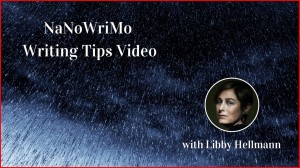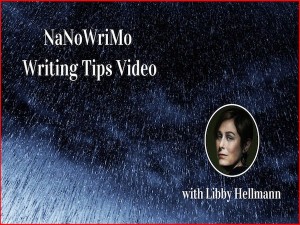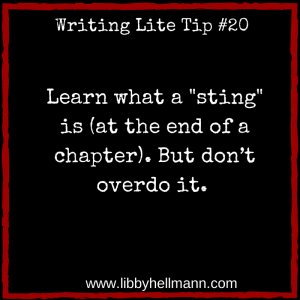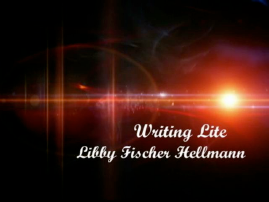Nanowrimo Video Writing Tip #5: Character Backstories
There are many exercises and techniques with which you can experiment to develop your characters, but this is my favorite. I use it all the time with important characters, and once I get into it, I’m always surprised to learn who a character really is, what shaped them, what motivates them, and how they’re going … Read more





